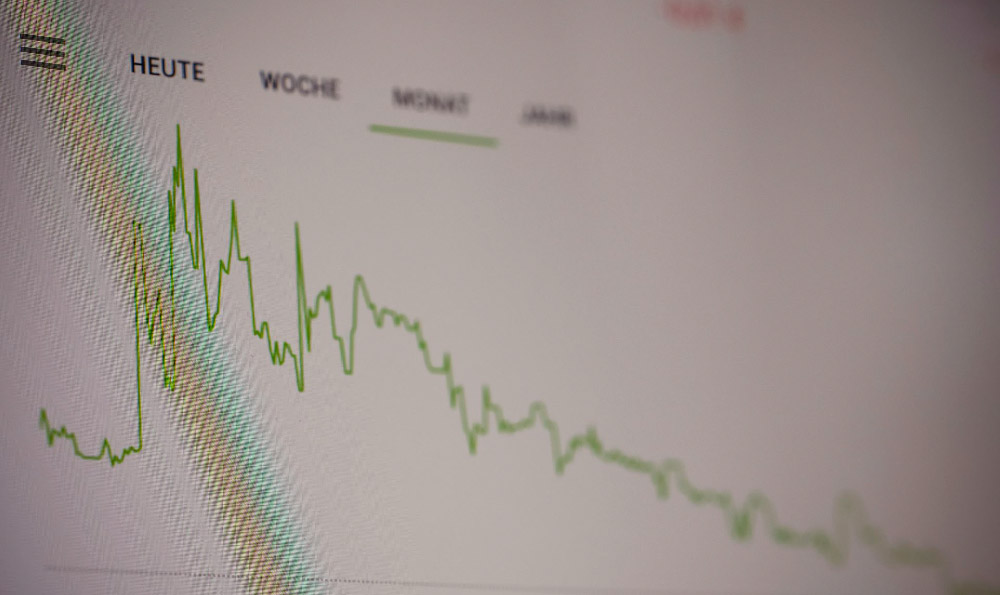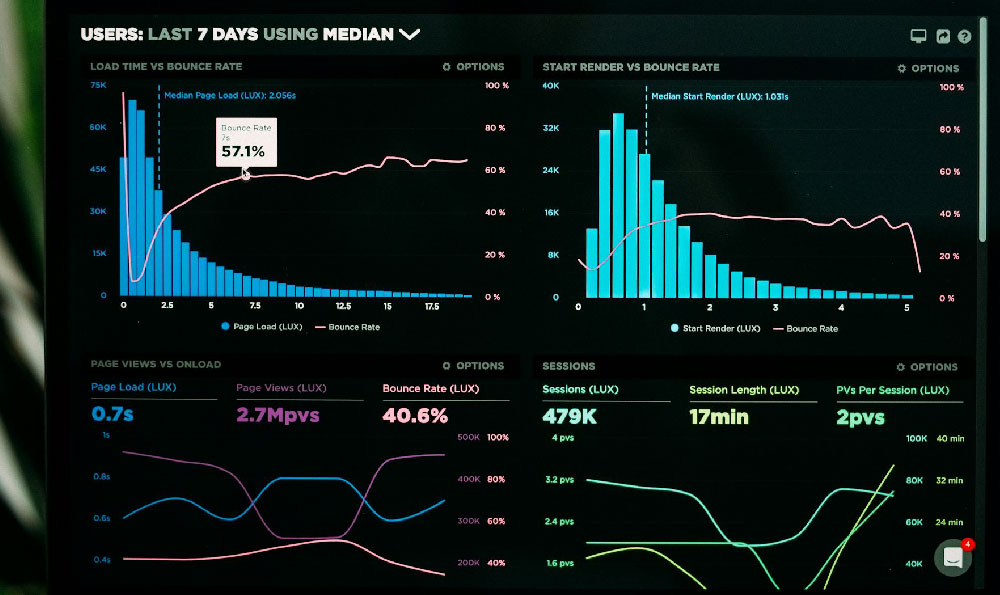Amazon FBA (Fulfillment by Amazon) has become a popular avenue for entrepreneurs looking to establish or expand their e-commerce businesses. The question of whether it's profitable is complex, hinging on various factors related to product selection, pricing strategies, cost management, and marketing effectiveness. More importantly, the real question is: How do you make consistent money with Amazon FBA? Let's delve into the core elements required to build a successful and profitable FBA business.
The allure of Amazon FBA lies in its scalability and streamlined logistics. By leveraging Amazon's vast infrastructure, sellers can offload warehousing, shipping, and customer service responsibilities. This allows entrepreneurs to focus on product development, marketing, and overall business growth. However, this convenience comes at a cost. Understanding and managing these costs is paramount to profitability.
One of the first and most crucial aspects of making FBA profitable is thorough product research. Jumping into a niche based on gut feeling or fleeting trends is a recipe for disaster. Employing tools and strategies to identify products with high demand, low competition, and healthy profit margins is critical. This involves analyzing keyword search volumes, sales data, competitor performance, and pricing trends. Ideally, you're looking for a product that is not saturated in the market, solves a problem, and has the potential for recurring purchases. Consider also the product's seasonality; is it a product that only sells well during certain months?

Beyond identifying a promising product, you need to consider its profitability potential. This requires a comprehensive cost analysis, encompassing not only the cost of goods sold (COGS) but also Amazon's FBA fees, shipping costs, marketing expenses, storage fees, and potential return costs. Underestimating these costs is a common mistake that can erode profits quickly. Use Amazon's FBA revenue calculator to estimate fees and understand the impact on your bottom line. Factor in contingency costs for unexpected issues, such as quality control problems or shipping delays. Aim for a product that offers a healthy profit margin after accounting for all expenses. A good rule of thumb is to aim for a profit margin of at least 20-30%.
Effective sourcing and quality control are equally important. Choosing a reliable supplier is crucial for ensuring consistent product quality and timely delivery. Don't solely focus on finding the cheapest supplier; prioritize those who can offer consistent quality, reliable communication, and adherence to ethical manufacturing practices. Implement a robust quality control process to inspect products before they are shipped to Amazon's fulfillment centers. This can involve hiring a third-party inspection service or conducting your own inspections. Preventing defective products from reaching customers minimizes returns, negative reviews, and ultimately, profit losses.
Optimizing your product listing is paramount to driving sales and increasing visibility. This involves crafting compelling product titles, writing detailed and persuasive product descriptions, using high-quality product images, and optimizing keywords for search engine ranking. Think like a customer: what information do they need to make an informed purchase? What questions will they likely have? Address these proactively in your product listing. A/B testing different titles, descriptions, and images can help identify what resonates best with your target audience.
Strategic pricing is a delicate balancing act. You need to price your product competitively while maintaining a healthy profit margin. Research competitor pricing to understand the market landscape, but avoid engaging in price wars that can devalue your product and erode profits. Consider using dynamic pricing strategies that adjust prices based on demand, competitor pricing, and market conditions. Sometimes, a slightly higher price can be justified by superior product quality, excellent customer service, or a strong brand reputation.
Effective marketing and advertising are essential for driving traffic to your product listing and increasing sales. Amazon offers various advertising options, including Sponsored Products, Sponsored Brands, and Sponsored Display ads. These ads allow you to target specific keywords and audiences, increasing the visibility of your product in search results and on product pages. Track your ad performance closely and optimize your campaigns based on data and analytics. Consider also utilizing external marketing channels, such as social media, email marketing, and influencer marketing, to drive traffic to your Amazon listing. Building a brand presence outside of Amazon can create customer loyalty and increase long-term sales.
Inventory management is crucial for avoiding stockouts and minimizing storage fees. Accurately forecasting demand is essential for ensuring you have enough inventory to meet customer orders without overstocking. Monitor your sales data closely and adjust your inventory levels accordingly. Consider using inventory management software to automate the process and track your inventory in real-time. Avoid overstocking on products that are not selling well, as this can lead to increased storage fees and potential disposal costs.
Customer service and feedback management are crucial for building a positive brand reputation and fostering customer loyalty. Respond promptly to customer inquiries and address any issues or concerns efficiently. Encourage customers to leave reviews, as positive reviews can significantly boost your product's ranking and sales. Address negative reviews constructively and use them as an opportunity to improve your product or service. Providing excellent customer service can create loyal customers who are more likely to make repeat purchases and recommend your product to others.
Finally, continuously analyze and adapt your strategies based on data and analytics. Amazon provides a wealth of data about your product performance, customer behavior, and market trends. Utilize this data to identify areas for improvement and optimize your strategies accordingly. Be willing to experiment with new marketing techniques, pricing strategies, and product offerings. The e-commerce landscape is constantly evolving, so staying agile and adapting to change is crucial for long-term success.
In conclusion, making Amazon FBA profitable is not a guaranteed outcome. It requires careful planning, diligent execution, and continuous monitoring. By focusing on product research, cost management, quality control, listing optimization, strategic pricing, effective marketing, inventory management, and excellent customer service, you can increase your chances of building a successful and profitable FBA business. It's about treating it as a real business, not a get-rich-quick scheme.












